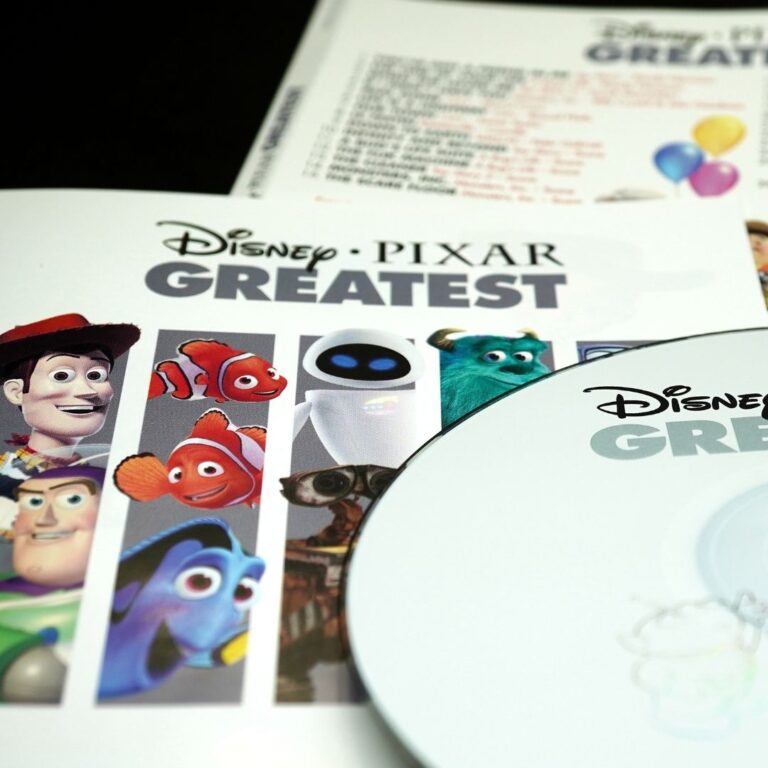Pixar Animation Studios is a leading force in animation, known for technological innovation and compelling stories that have redefined animated films. This report briefly examines Pixar’s journey, from its beginnings to its current status under Disney, highlighting key developments, financial aspects, and cultural influence.
The Lucasfilm Genesis (1979-1986):
Formed in 1979 as Lucasfilm’s Graphics Group, the division aimed to integrate computer technology into filmmaking. Pioneers Edwin Catmull and Alvy Ray Smith led early technological development, creating tools like REYES and contributing groundbreaking CGI sequences to films like Star Trek II. Animator John Lasseter joined, bringing a focus on character animation.
The Dawn of Independent Animation (1986-1995):
In 1986, Steve Jobs acquired the Graphics Group, renaming it Pixar. Initially focused on hardware (the Pixar Image Computer), the company shifted to animation after lackluster sales. Lasseter’s short films gained acclaim, and Pixar began producing commercials. The release of Luxo Jr. and the Oscar win for Tin Toy marked early animation successes. Pixar also collaborated with Disney on the CAPS system.
Pioneering Computer Animation Technology:
Pixar’s development of RenderMan became an industry-standard rendering software, significantly impacting animation and visual effects. Innovations like subdivision surfaces allowed for detailed 3D modeling. The collaboration with Disney on CAPS revolutionized traditional animation workflows.
A Legacy Forged in Feature Films (1995-Present):
1995 saw the release of Toy Story, the first fully CGI feature film, a critical and commercial triumph that changed animation. Pixar followed with a string of successful and acclaimed films, earning numerous awards, including multiple Best Animated Feature Oscars. Major franchises like Toy Story, Monsters, Inc., and Finding Nemo have had a significant cultural impact, extending beyond film into merchandise and theme parks.
The Disney Era (2006-Present):
Disney acquired Pixar in 2006 for $7.4 billion, with Steve Jobs becoming a major Disney shareholder. While operating as a distinct entity, Pixar’s key leaders took on roles within Walt Disney Animation Studios. Pixar has largely maintained creative independence, continuing to produce high-quality animated films under the Disney banner.
Financial Landscape: Net Worth and Valuation:
As a Disney subsidiary, Pixar’s exact valuation is integrated into Disney’s financial reporting. However, its consistent success significantly contributes to Disney’s studio earnings. Before the acquisition, Pixar’s successful IPO in 1995 and subsequent growth indicated a high market valuation.
Shaping the Animation Industry and Culture:
Pixar played a pivotal role in the adoption of CGI in animation. Their technological advancements and storytelling approaches have influenced animation studios worldwide. Pixar’s films have resonated deeply with audiences, creating iconic characters and exploring universal themes, shifting the perception of animation as a medium for all ages and leaving a lasting cultural mark.
From its Lucasfilm beginnings, Pixar has become a global animation leader through technological innovation and heartfelt storytelling. Its impact on the animation industry and popular culture is undeniable, and its future promises continued innovation and compelling narratives.


